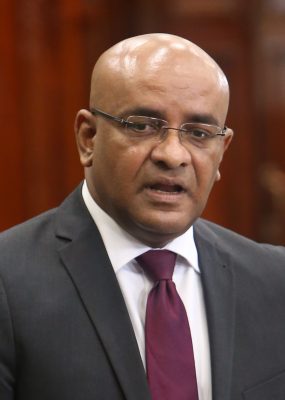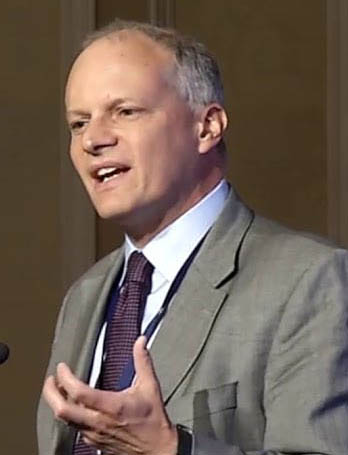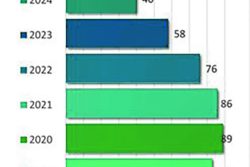The economic impact of the ongoing COVID-19 pandemic and the indelible mark that it has left on tourism industry in the Caribbean is reportedly doing little to interfere with the prediction by the International Monetary Fund (IMF) that the region will record some level of growth this year.
A week ago today newsamericas’ Caribbean Business News Roundup quoted Director of the Fund’s Western Hemisphere Department Alejandro Werner, as saying that the Caribbean is expected to record growth of around 2.1% this year, though the Fund’s top official reportedly added that the region is best advised “to look long-term at economic diversification.” Werner reportedly made a point of wondering aloud about the extent to which the heavily tourism dependent economies in the region “can provide more of the inputs to the tourism services sector locally, instead of importing them from abroad.” This observation by the IMF official has a particular bearing on the ongoing but seemingly sterile discourse here in the region what is believed to be regarding the Caribbean’s existing US$5 billion annual food import bill, largely a consequence of the need for the various tourist islands to provide visitors with high-priced extra-regional culinary options. Werner’s concern also extend the importance of strengthening the region’s telecommunications infrastructure in order to provide “a very strong competitive base.”

In its perusal of the likely fortunes of the Caribbean territories, going forward, the IMF report picks Guyana as the likeliest prospect for meaningful growth this year. It notes that Guyana, according to Vice President Bharrat Jagdeo, seemingly the administration’s ‘point man’ on the oil & gas sector, now has US$206 million in oil revenues stashed in its Natural Resources Fund (NRF). This amount, reportedly includes the most recent royalty payment to Guyana of US$8.3 million received in January.
The oil-related windfall, the news report says, roughly coincides with the announcement by ExxonMobil, CNOOC and Hess, “co-venturers in offshore oil developments in the Stabroek Block, of the creation of the so-called Greater Guyana Initiative, a 10-year commitment of more than US$100 million (G$20B) to significantly expand capacity-building efforts and promote sustainable economic development in Guyana.”
The newsamericas Caribbean Business News story also reports that Guyana, described as an “emerging oil power” continues to seek a permanent partner to handle the marketing of its share of the country’s major offshore oil finds.








